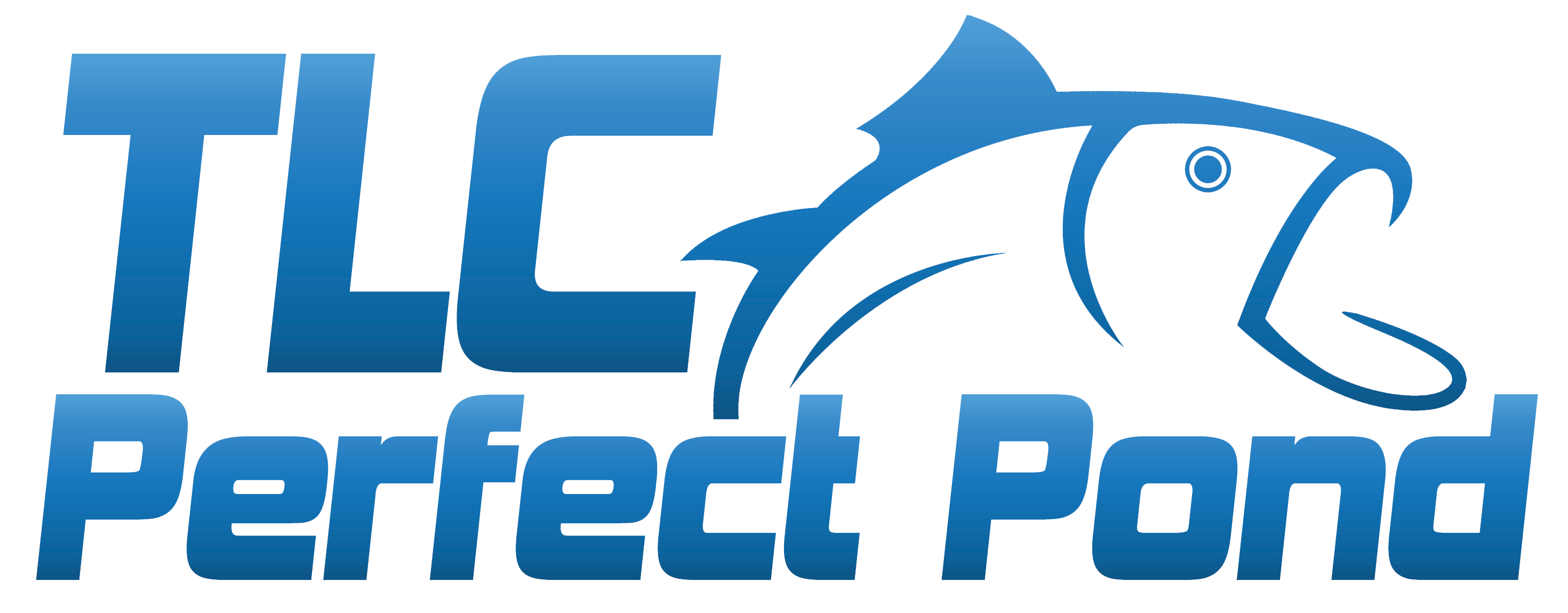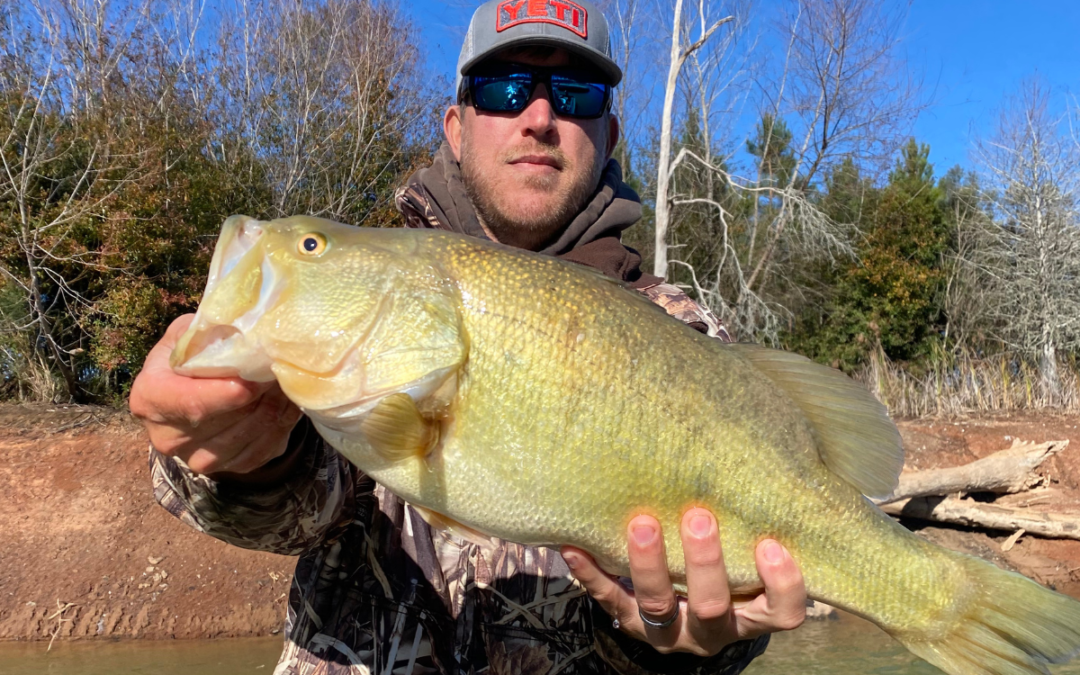Managing a pond for trophy bass fishing is a top priority for many pond and lake owners. And why not? Having the ability to step out to your private pond and have a strong chance of landing a bass-of-a-lifetime is an incredible experience. However, maintaining a trophy bass pond year after year is no easy feat. It requires strategic planning, patience, and a comprehensive pond management approach. Many mistakes can hinder progress, particularly when managing an already established fishery. Below are some of the most common mistakes to avoid when striving for trophy bass pond.
Lake Size Matters
One of the most overlooked factors in establishing a trophy bass pond t is the size of the pond or lake. While it is possible to grow large bass in small ponds, it is significantly more challenging. A 1- to 2-acre pond does not have the same biological capacity as a 5-acre or larger lake. Larger bodies of water can sustain a greater biomass of fish, reducing the risk of overcrowding and excessive competition among predators. Smaller lakes often experience stunted growth due to increased intraspecific competition, meaning too many bass competing for limited resources.
Another important factor is genetics. Not all bass have the genetic potential to reach double-digit weights. In a larger lake, the odds of an individual bass possessing the right genetics and predator efficiency are significantly higher. If you’re building a new pond, consider constructing the largest lake your budget and watershed can support to maximize trophy bass potential.
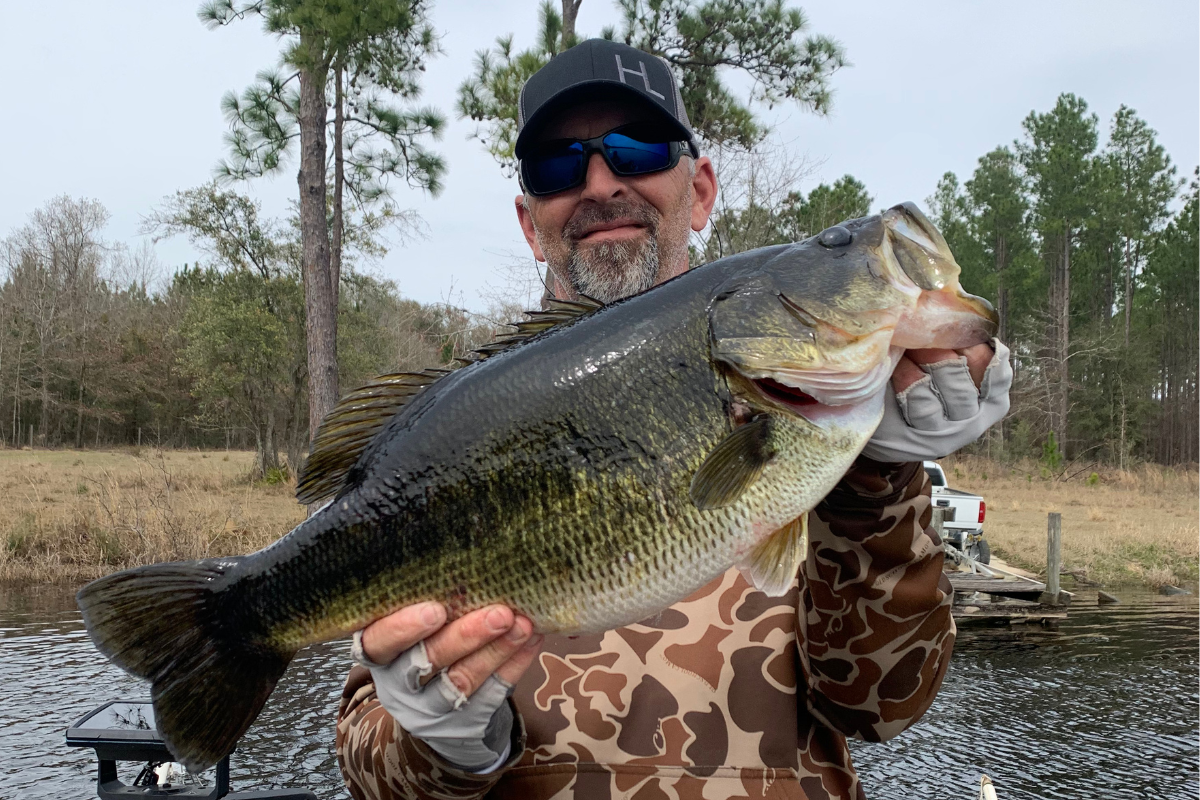
Failure to Harvest Bass Properly
Many anglers assume that catch-and-release is the best practice for establishing a trophy bass pond. However, failing to harvest bass can lead to overpopulation, which stunts growth. A balanced ecosystem can only support a limited number of predators, and when bass numbers exceed that limit, competition for food becomes fierce. This leads to slow growth rates and a decline in available forage species.
To prevent overpopulation, an annual harvest of 10-20 pounds of bass under 14 inches per acre is recommended. This practice helps to thin out the aggressive, smaller fish, allowing larger bass to grow more efficiently. If you suspect your bass population is out of balance, an electrofishing survey can provide a clear assessment of your fishery’s health and help guide selective harvest decisions.
Stocking Too Many Predator Species
A trophy bass pond will have a balanced predator-prey relationship. Introducing multiple predator species into a lake can severely impact trophy bass production. If a lake has a fixed carrying capacity for predators, adding multiple species means fewer resources for each one. For example, if a lake can support 100 pounds of predators, dividing that biomass among largemouth bass, crappie, catfish, and gar leads to increased competition and reduced growth for each species.
For lakes managed specifically for trophy bass, it is best to limit the introduction of additional predator species. Removal of undesirable species such as green sunfish, bullhead catfish, crappie, and gar is recommended to ensure the best environment for bass growth.
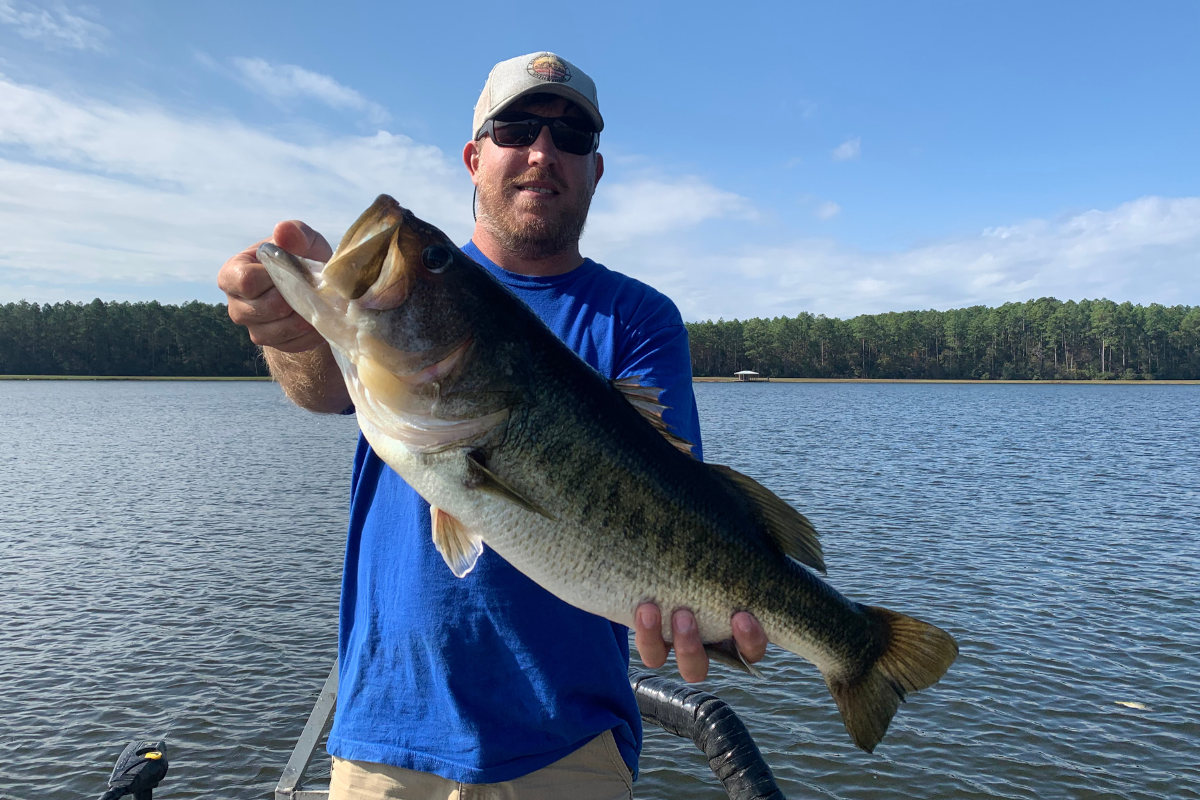
Not Supplementing F1 Hybrid Genetics
F1 hybrid largemouth bass, a cross between Florida and northern strain bass, are known for their superior growth rates and adaptability. However, subsequent generations (F2, F3, F4, etc.) experience diminished hybrid vigor, resulting in slower growth and less impressive sizes.
To maintain superior genetics within the fishery, it is essential to restock F1 bass every 4-6 years. This infusion of Florida-strain genetics helps to sustain the benefits of hybrid vigor and enhances overall bass growth potential.
Skipping Fertilization
Fertilization is a critical component of a trophy bass pond, particularly in water bodies over 2 acres. Fertilizers enhance phytoplankton growth, which serves as the foundation of the aquatic food chain. A thriving phytoplankton population supports forage fish, which in turn provide essential nutrition for growing bass.
Another key benefit of fertilization is improved water clarity management. A healthy phytoplankton bloom creates a green tint in the water, limiting sunlight penetration. This helps to control excessive aquatic vegetation growth, which can otherwise become problematic in clear water conditions. Without fertilization, a lake may not reach its full productivity potential, leading to a decline in forage availability and overall bass growth.
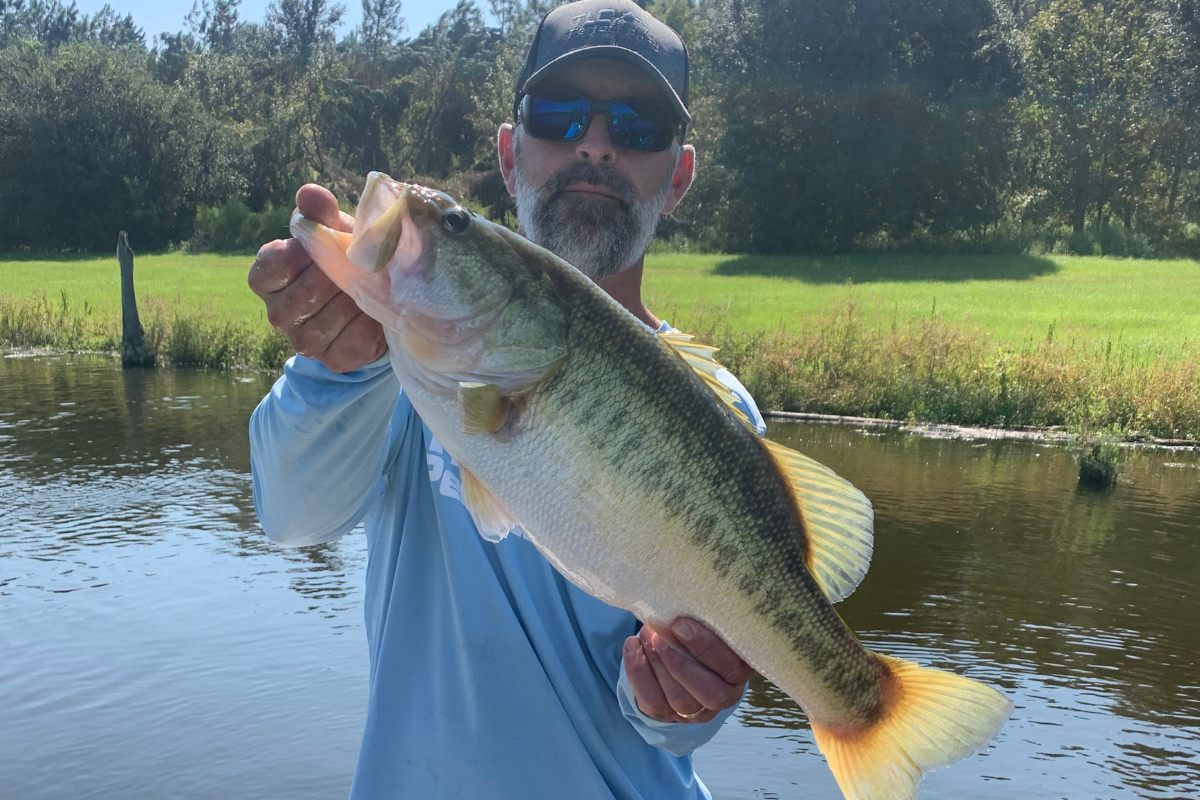
Let Us Help with Your Trophy Bass Pond!
Avoiding these common mistakes will significantly improve your chances of creating your own trophy bass pond. By considering lake size, managing predator populations, implementing proper harvest practices, supplementing F1 genetics, and fertilizing appropriately, you can create an optimal environment for bass growth. Establishing a comprehensive management plan and making informed decisions will set you on the path to developing a thriving trophy bass fishery.
If you’re in the south GA or north FL region and need help managing your pond or lake, complete this form and we’ll contact you to schedule a time to meet.
